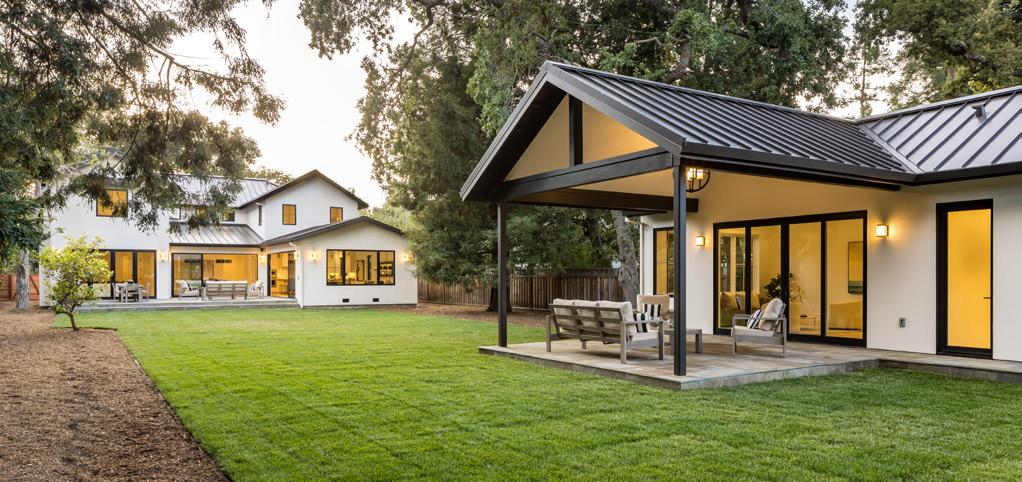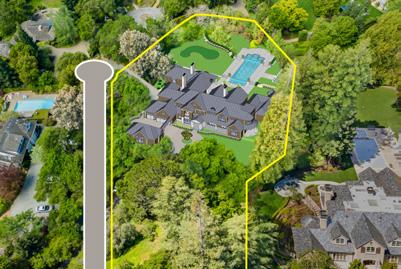
2 minute read
Single Family Residential Dwelling with an ADU vs a Duplex: What’s the Difference?
By Ann Ho
California’s state legislature recently passed a statewide regulation, AB-881, legalizing two or more Accessory Dwelling Units (ADUs) on residential properties. The first of their kind, these new sets of laws are aimed to create incentives and ease of process as California continues to devote itself to solving the housing shortage. Some examples of new implementations include loosening parking requirements, and the quantity and size of these units. Other examples involve shortening the review approval time for ADU permits, as well as reducing fees to even start the process.
Development of these secondary units has been trending upward lately; however, there are important distinctions to be made between an ADU and a duplex, which is a different type of secondary unit entirely. Let’s explore these differences, and hopefully come away with a better understanding of what constitutes an ADU and a duplex.
First, an ADU is the official term for what we know as a guest house, an in-law unit, or a secondary apartment. They are additional living spaces on single-family lots. Along with a living area, they generally have a full kitchen or a kitchenette, bathroom, and a separate entrance. Oftentimes you can find them resembling a smaller version of the main house. ADUs can be attached as an added side or rear structure, or can be inside of the main house as a converted garage with its own separate entrance. They can also be a detached unit similar to a cottage in the backyard with a design that resembles the main house.
An ADU can be different from a duplex in ways that are more distinct that you may think. ADUs are considered an addition to a single-family dwelling, where they can be used for extended family stays or for rental income. They can be either attached or detached from the main house.
On the other hand, duplexes are attached dwelling units for two families. The owner is not required to live in the main unit, and both units enjoy the option of being tenant-occupied. Essentially, zoning laws allow the units to be rented out as investment properties, which occurs more often than not. Duplexes can be found in R2 zoning districts, which are mediumdensity residential zones. These units often have their own separate mailing addresses, utilities, and meters, while ADUs typically share these with the main house.
With the handful of new housing laws passed for this year, we will continue to see progress in home development. I hope we can all have a better understanding of what makes an ADU and a duplex, the important differences between the two, and how these units may bring new possibilities to your homeowning experience.







